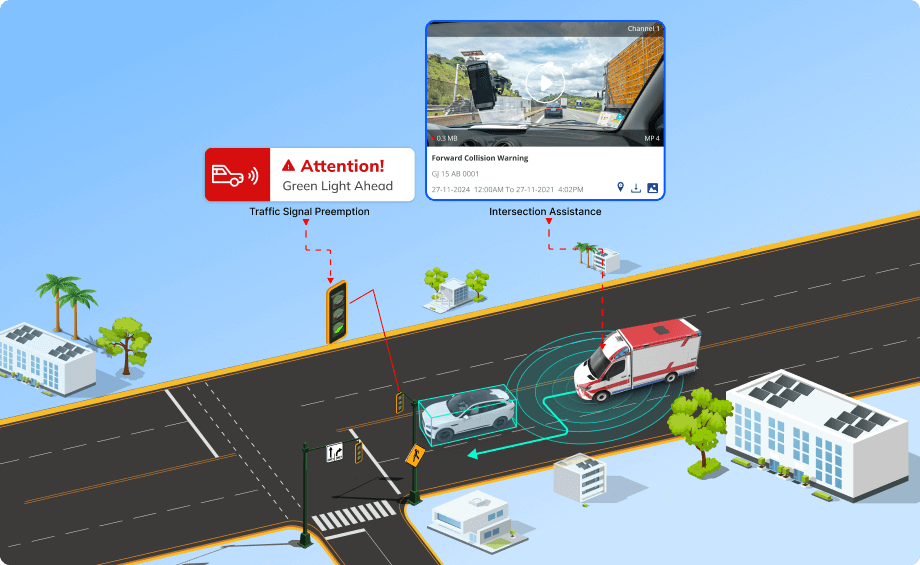Emergency services are critical in saving lives and providing timely assistance during critical situations. Implementing Advanced Driver Assistance Systems (ADAS) in emergency service vehicles can significantly enhance their capabilities and ensure a safer and more efficient response. Let’s explore a use case highlighting the benefits of ADAS in emergency services:
ADAS for Rapid Response in Emergency Services
Introduction
Solution
By integrating ADAS features in emergency service vehicles, first responders can mitigate potential risks
- Traffic Signal Preemption: ADAS technology enables emergency vehicles to interact with traffic signals, gaining priority and clearing the way through green lights, reducing response times, and ensuring a swift response to emergencies.
- Intersection Assistance: ADAS features assist emergency vehicles in navigating intersections safely, detecting other vehicles and pedestrians, and providing alerts to drivers for safer passage.
Results
- Enhanced Safety: ADAS features enable emergency vehicles to navigate through traffic more safely and efficiently, reducing the risk of accidents during critical situations.
- Reduced Response Times: Traffic signal preemption capabilities ensure emergency vehicles encounter minimal delays, enabling faster response times and potentially saving more lives.
Let’s Move Forward, Together
Share your details and we’ll guide you from here.


